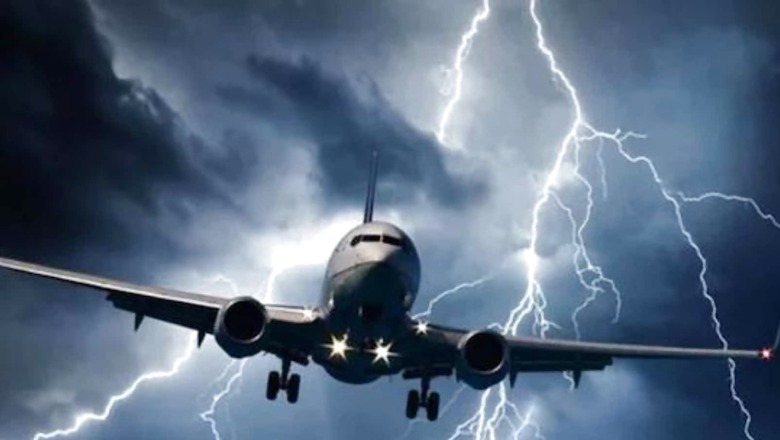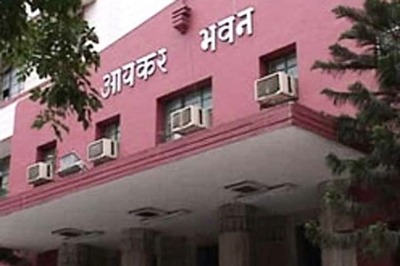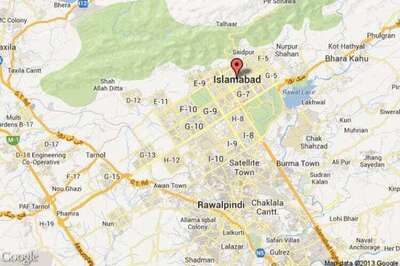
views
Recently, a SpiceJet B737-800 aircraft flying on the Mumbai-Durgapur route faced severe turbulence which resulted in 15 people being injured, 12 of which were passengers, and the other three were cabin crew. DGCA had said that two of the passengers were admitted to ICU at Durgapur, one at Diamond hospital following a head injury and another passenger was in mission hospital with a spinal injury.
But what goes on for the pilot who has to fly the aircraft through such a situation?
To understand the situation better, we got in touch with Pilot Arindam Dutta who explained turbulence in simple words. “Turbulence is one of the most unpredictable of all the weather phenomena that are of significance to pilots. The irregular motion of the air resulting from eddies and vertical currents may cause serious discomfort and damage.”
Shedding light on how the impact of turbulence may vary, Dutta adds, “It may be as insignificant as a few annoying bumps or severe enough to momentarily throw an airplane out of control or to cause structural damage. If the overhead lockers open up, passengers and crew may sustain head injuries.”
However, pilots do have knowledge of what is to come before take-off. “Generally at the start, pilots get the weather details of three places, the take-off area, the destination, and the alternative place of landing in case of emergency. The satellite imageries of these places are also available,” says Dutta.
And to tackle the challenging situation, the aviation sector has come out with several innovations. Dutta explains that in today’s modern aircraft, advanced equipment and technology is available in the cockpits that help the pilots to read the weather from far a distance. And it is not just the aircraft that is fitted with such equipment as similar tech is also available at the ATC that can guide the pilots to land safely.
But it does get more challenging in certain situations. “During certain times of the year like pre-monsoon, monsoon, and the times of Nor’westers or the Kalbaishakhi, weather can never be predicted accurately as the weather pattern changes at a very vast pace. Nearing the destination, if the pilot sees bad weather in front, or the cloud density is too high, he has to take an instant decision on how to avoid/ circumvent the bad weather/turbulence and land safely. Generally, the problem increases manifolds at the time of touch down.”
And there are several factors that are making these conditions occur frequently, such as global warming due to which the hot or cold air turbulence can occur fast and cannot be predicted. “At times, the weather at the destination may change before the aircraft lands,” adds Arindam.
The decision to not fly at all can also be taken by the pilot. “(If the) weather is below minima that means runway visibility, clouds base, runway conditions, winds, and some other meteorological conditions are more than minimum at Departure station and Destination station during landing, the pilot should not takeoff from Departure station,” says Arindam.
While a situation like turbulence can be quite frightening for passengers, Arindam says that “The pilots always have to maintain cool and clear heads. The huge responsibility of taking all the passengers and the crew members to a safe landing takes prime consideration always and every time.”
Following the SpiceJet incident, DGCA had said that the SpiceJet B737-800 aircraft has been grounded in Kolkata and they have also benched the involved crew, the AME who released the aircraft from Durgapur and in charge of the Maintenance Control Center of M/s SpiceJet till the investigation is complete.
Additionally, DGCA added that “as a regulatory measure, DGCA is carrying out the inspection of M/s Spice jet aircraft across the fleet.”
Read all the Latest Auto News here




















Comments
0 comment